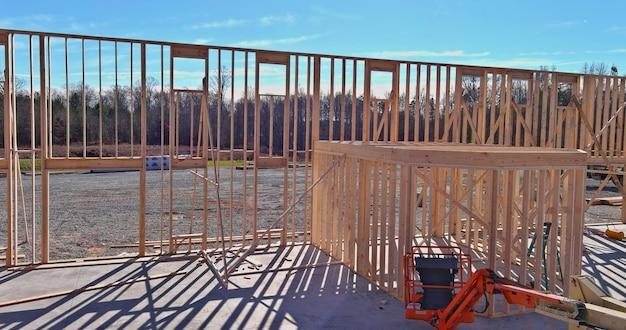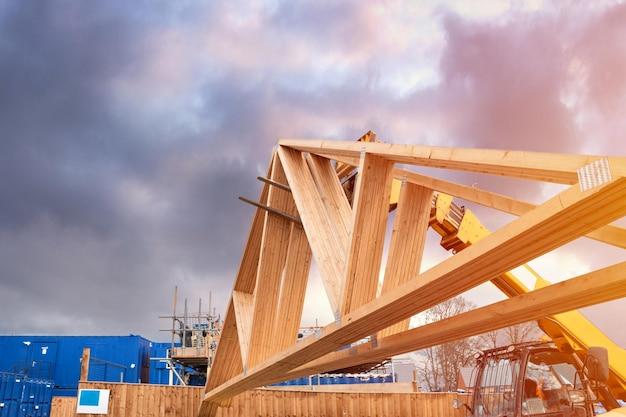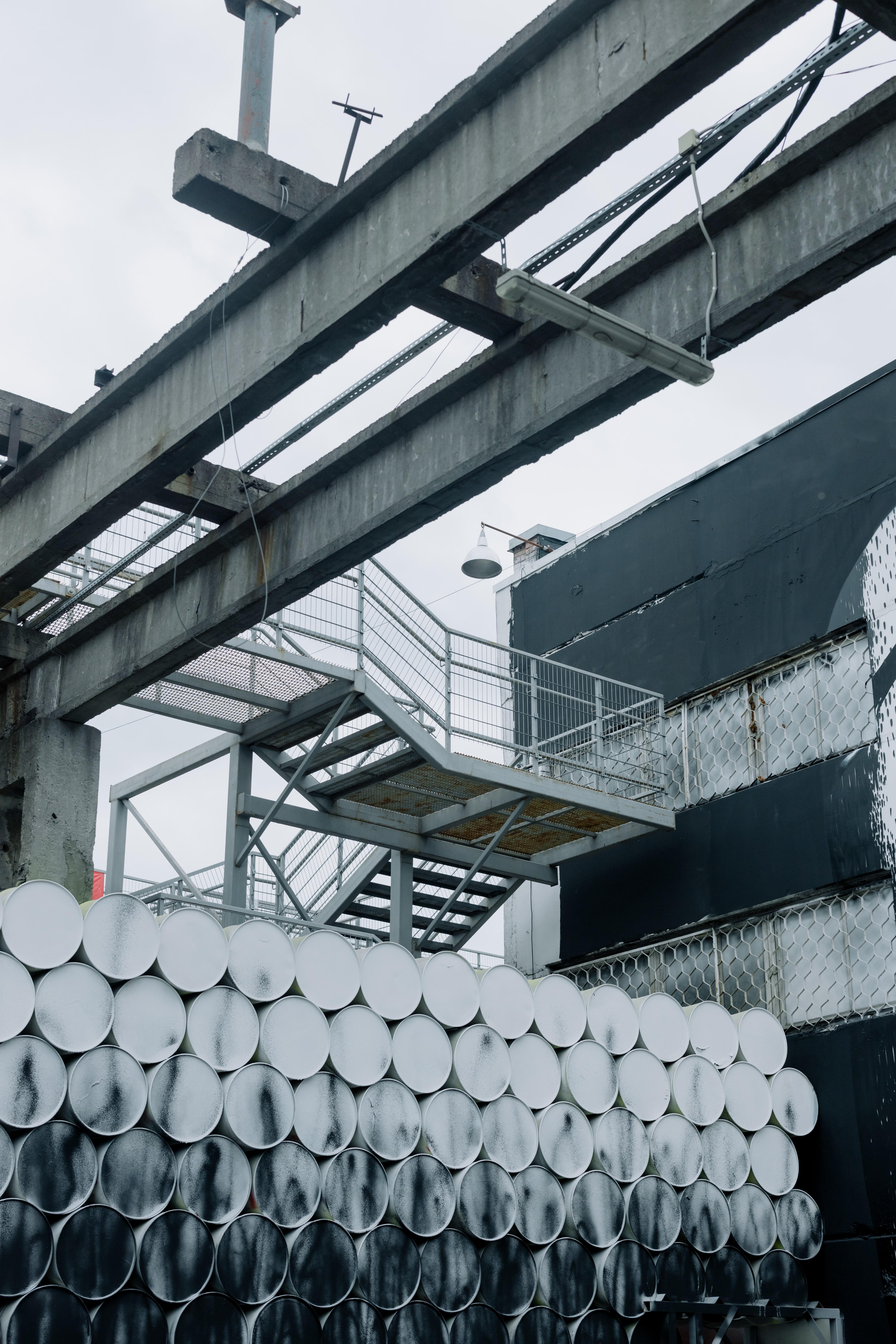Are you experiencing unusual movements of your pier and beam house? Perhaps you’ve noticed some uneven floors, jammed doors, or cracks on your walls.
Pier and beam houses are vulnerable to shifting because of various factors such as soil types, moisture content, and inadequate structural support. Fortunately, it’s possible to prevent and repair pier and beam house shifting.
In this comprehensive blog post, we’ll delve into the reasons why piers move, how to stop your pier and beam house from shifting, the cost of repairing pier and beam foundations, the problem with a post in pier foundation, and whether you can move a pier and beam house or not. So, let’s get started!
Pier and Beam House Shifting: Don’t Rock the Boat!
Is your pier and beam house starting to feel like it’s floating away? Not to worry, you’re not on a sinking ship! House shifting is a common problem that can happen when pier and beam foundations settle over time, causing the house to become unlevel. Here’s what you need to know to keep your house afloat:
Leveling the Playing Field
The first step in fixing a shifting house is to get it back on level ground. This involves lifting the house to the proper height, then blocking it up with shims or concrete piers to keep it in place. It sounds easy enough, but like all DIY projects, it’s easier said than done. If you’re not comfortable working with jacks and heavy machinery, it’s best to leave it to the professionals.
Keeping the Foundation Strong
Once your house is level, it’s important to make sure the foundation is strong enough to support it. This means repairing any damage to the piers or beams, and making sure everything is properly secured. If you’re not sure what to look for, have a professional come out and inspect your foundation.
Preventing Future Shifts
Now that your house is level and the foundation is secure, it’s time to prevent future shifts from happening. This means keeping an eye on the moisture levels around your foundation, and making sure water isn’t getting trapped underneath the house. You can also install a moisture barrier or ventilation system to help regulate the moisture levels.
Don’t Rock the Boat!
The most important thing to remember when dealing with house shifting is to be patient. It can take time and effort to get your house back to where it needs to be, so don’t rock the boat! Stick to a solid plan, and make sure to get help if you need it. With a little hard work and determination, you can keep your pier and beam house steady as a rock.
Why Do Piers Move
Piers can move due to various reasons. Some of the most common causes of pier movement include poor soil quality, inadequate pier construction, and moisture build-up.
Soil Quality
When piers are built on weak and unstable soil, the piers can sink or shift over time. Soil can become unstable due to natural factors such as erosion, clay soil with excessive shrink-swell potential, or settlement of fill materials. Inadequate drainage can also cause soil to become saturated with moisture, leading to pier movement.
Inadequate Pier Construction
If piers are not constructed correctly or not designed to accommodate certain stresses, they can shift or move. Pier settlement can be due to poor craftsmanship, poor prep work, or using the wrong types of materials. This is why it’s important to trust professionals who know how to properly construct and install a pier and beam foundation that can withstand the test of time.
Moisture Build-Up
Moisture can cause a slew of problems for pier and beam foundations. Moisture is the arch-nemesis of wooden piers, causing them to rot, warp, and decay over time, particularly in cases where there are drainage issues or when the soil gets too drenched from heavy rainfall. Additionally, moisture from humidity and condensation can expand wood and cause piers to shift.
Overall, piers may move due to various reasons, such as factors beyond the control of the homeowner, such as climate, soil, and weather, but through proper maintenance and careful installation, pier movements can be prevented or minimized.
Can You Move a Pier and Beam House
If you’re a lover of DIY home projects, pier and beam house shifting might sound like an exciting challenge. However, before you dive in and start attempting to move your house, there are few things you should consider.
Hire a Professional
While it’s tempting to take the DIY approach with such a project, it’s better to leave it to the professionals. Shifting a pier and beam house is no joke, and one wrong move can lead to catastrophic consequences. A professional team will have the necessary equipment and experience to ensure the job is done correctly and safely.
Check with Local Authorities
Before you even think of moving your house, ensure to check with local authorities to ensure that they allow such activities. Some states and cities have specific regulations that prohibit moving houses. Additionally, you’ll need to get the necessary permits and ensure the project is up to code.
Budget Appropriately
Shifting a house is not cheap, and it’s essential to budget accordingly. An average house move can cost between $15,000 and $200,000, depending on the size, distance, and route. Before you begin any project, prepare a budget that includes all the possible expenses, including permits, transportation, and rebuilding the foundation.
Assess the House’s Condition
Moving any house comes with significant risks, and pier and beam houses are no different. Before shifting the house, assess its condition and ensure that it can withstand the move. Houses with existing foundation problems, rotten beams, or termite damage will require extensive repairs before the move.
In conclusion, shifting a pier and beam house is possible, but it’s not a task to undertake lightly. Hiring professionals, checking with local authorities, budgeting appropriately, and assessing the house’s condition is essential for a successful project.
Pier and Beam Foundation Repair Cost
If you’re a homeowner with a pier and beam foundation, don’t panic about the possibility of foundation repair. You’re not alone! Most homeowners with pier and beam foundations deal with the same issues. These foundations are solid and durable, but they can also be prone to shifts and movements due to unpredictable soil conditions. It’s not a problem to have a shifting foundation, but it’s essential to repair it to prevent further damages.
What are the Causes of Pier and Beam Foundation Damage
Pier and beam foundation damage can occur due to various reasons such as poor drainage, moisture buildup, earthquake, soil movements, tree roots, and plumbing leaks. Whatever the cause, it is essential to examine the signs of foundation damage and carry out repairs as quickly as possible. If left untreated, foundation damage can become costly to fix.
What are the Costs of Pier and Beam Foundation Repair
The cost of pier and beam foundation repair is one of the biggest concerns for homeowners. This cost can vary depending on the extent of the damages and the size of the home. On average, pier and beam foundation repair can cost between $4,000 to $10,000. However, it’s crucial to note that this is just a rough estimate, and the cost can vary depending on the contractor, location, and repair method.
How to Keep Foundation Repair Costs Low
There are some tips to keep pier and beam foundation repair costs manageable. The first is to deal with small problems as quickly as possible before they become significant issues. Regular foundation inspections can help identify minor problems and prevent significant issues. The second tip is to hire a reputable foundation repair contractor. Make sure to ask for recommendations, check their licenses and certificates, and ask for quotes from different contractors to compare prices.
What are The Most Common Repair Methods for Pier and Beam Foundations
There are various repair methods for pier and beam foundations, and the method used will depend on the level of damage. Some of the most common methods include concrete piers, steel piers, and hydraulic jacks. Concrete piers are the most affordable and the most common, they cost approximately $200 to $350 per pier. Steel piers are a bit more expensive, costing about $300 to $800 per pier. Hydraulic jacks are the most expensive, and they cost around $1,000 to $1,500 per pier.
In summary, pier and beam foundation damage is a common issue, and it’s important to repair it as quickly as possible. Although the cost of repairs can be concerning, it’s crucial not to put off repairs or ignore warning signs. Preventive measures can significantly minimize the cost of pier and beam foundation repair, and hiring the right contractor is key to getting the job done correctly. Remember, don’t let foundation repair costs weigh you down – it’s just a minor bump in the journey of homeownership!
How Do I Stop My Pier and Beam House From Shifting
If you own a pier and beam house, you probably know how common it is for this type of structure to shift over time. Whether it’s caused by the natural settling of the soil, moisture, or other factors, shifting can lead to all sorts of problems, ranging from doors that won’t close to cracked walls. So, what can you do to prevent your pier and beam house from shifting? Here are some tips:
Keep Moisture in Check
One of the main causes of pier and beam house shifting is moisture. When the soil beneath your foundation is too wet or too dry, it can lead to movement. To prevent this, make sure your foundation is properly ventilated and has adequate drainage. You can also install gutters and downspouts to direct water away from your home’s foundation.
Fix Drainage Problems
Another cause of shifting is poor drainage around the perimeter of your foundation. If water is pooling around your foundation, it can cause the soil to shift and move. To fix this, make sure your yard is properly graded so that water flows away from your home. You may also need to install a French drain or other drainage system.
Repair Foundation Issues
If you do notice signs of shifting, it’s important to address them as soon as possible. This may involve repairing or replacing damaged piers or beams, or shimming existing ones. You may also need to add new piers or beams to reinforce your foundation.
Maintain Your Home’s Structural Integrity
In addition to addressing foundation issues, it’s important to take care of your home’s overall structural integrity. This includes keeping your roof in good repair, ensuring your walls are properly insulated, and maintaining your plumbing and electrical systems. By keeping your home in good shape, you can help prevent shifting and other structural issues.
While pier and beam house shifting is common, it’s not something you have to live with. By taking care of your foundation, drainage, and home’s structural integrity, you can help prevent shifting and keep your home in good condition for years to come.
The Problem with a Post in Pier Foundation
If you are a homeowner with a pier and beam foundation, you might be wondering why one of the posts in your foundation is causing problems. There are a few reasons why a post can be problematic, so let’s take a look at some of the issues you might encounter.
The Water Is The Problem
One of the most common reasons why a pier post can become an issue is because of water. If your foundation is on moist soil or near a water source, the moisture can cause the post to rot or warp. When this happens, the weight distribution of the house can become uneven, leading to structural instability.
The Size of the Post Matters
Another issue that can arise with a pier foundation post is selecting the wrong size. Choosing a post that is too small or too large can be detrimental to the stability of the foundation. Going too small can mean that the weight distribution is not well-distributed, and going too large can result in an uneven distribution of weight, potentially causing the house to settle unevenly.
Few Nails or Bolts
Your pier foundation should be securely attached to the beams that hold the house, and that requires adequate anchoring. If your pier post is not correctly secured, it can shift over time. Severe weather, earthquakes, and other natural phenomena can also cause the post to shift, leading to problems with the foundation.
Inadequate Maintenance
Proper maintenance is critical for any home, and that includes the foundation. If you don’t take care of your pier foundation properly, you are likely to face issues with your foundation posts. Keeping your gutters clean and regularly checking for water damage can help prevent issues that stem from moisture. Regularly inspecting your posts and taking care of any damaged ones can help prevent problems with your foundation.
Pier foundation posts can cause problems, but with good care and proper maintenance, these issues can be minimized. Understanding the common issues associated with pier foundation posts can help homeowners take proactive steps to prevent them from happening. By addressing these issues as soon as possible, you can ensure that your foundation remains safe, stable, and secure for years to come.



